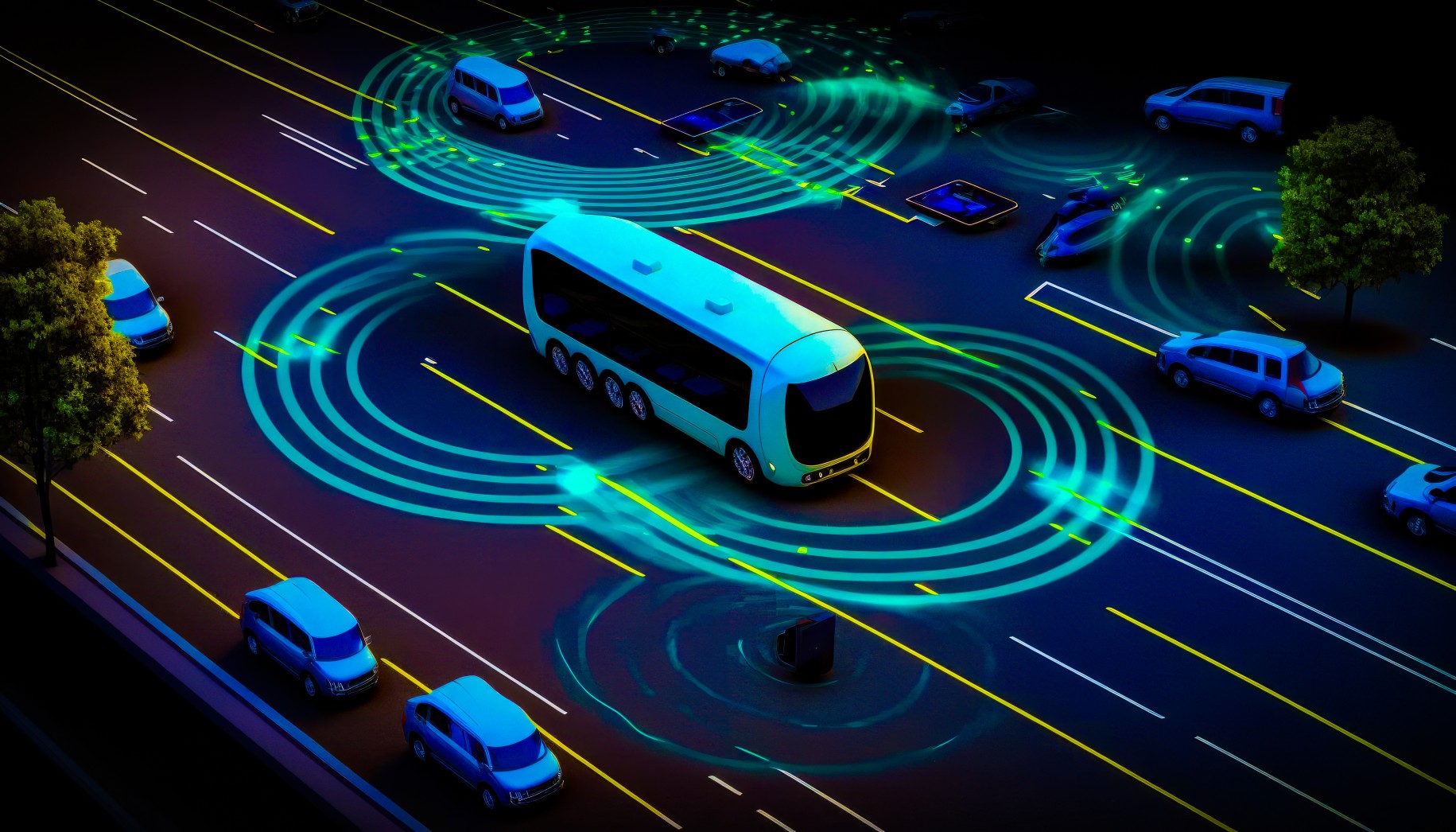Solving Urban Congestion: How Smart Transit Systems Are Reducing Traffic Jams

Imagine your daily commute stretched into a never-ending cycle of honking horns, bumper-to-bumper traffic, and endless frustration. For millions living in urban areas, this is not a scene from a dystopian movie but an everyday reality. Urban congestion has become one of the most pressing challenges for cities worldwide. As populations grow and vehicles flood our roads, the need for efficient, innovative solutions is urgent. Smart transit systems are emerging as a beacon of hope, leveraging technology to unclog our cities and redefine mobility.
Urban congestion doesn’t happen overnight. It’s the result of decades of unchecked urbanization, insufficient infrastructure, and a car-centric culture. Here’s what drives congestion:
Population Growth: Cities are bursting at the seams as people flock to urban areas for jobs and opportunities.
Outdated Infrastructure: Many cities are still relying on roads and public transit systems designed for populations half their current size.
Vehicle Dependence: Over-reliance on private vehicles has led to overcrowded roads.
Lack of Integrated Transit Options: Disconnected public transit networks force commuters to rely on cars for convenience.
Smart transit systems are reshaping how cities tackle congestion. These systems integrate cutting-edge technologies such as artificial intelligence (AI), the Internet of Things (IoT), and real-time data analytics to optimize traffic flow and improve public transportation efficiency.
1. Intelligent Traffic Management Systems Traffic lights no longer have to operate on fixed schedules. AI-powered systems use real-time traffic data to adjust signal timings dynamically. For example, sensors installed at intersections can detect congestion and prioritize traffic flow accordingly, reducing wait times and keeping vehicles moving.
2. Real-Time Transit Tracking Gone are the days of waiting endlessly at a bus stop. Smart transit systems enable real-time tracking of buses, trains, and other public transport, allowing commuters to plan their journeys more efficiently. Apps like Moovit and Transit show exact arrival times, making public transport more predictable and user-friendly.
3. Data-Driven Route Optimization Cities like Singapore are using big data analytics to redesign bus routes and reduce overlap. By studying commuter patterns, they’ve been able to streamline transit networks, ensuring that buses run where they’re needed most.
4. Multimodal Integration Smart transit isn’t just about buses and trains—it’s about integrating all modes of transport, including bikes, scooters, and ride-sharing services. Seamless multimodal systems provide commuters with flexible options, reducing the need for personal vehicles.
Several cities around the world are reaping the benefits of smart transit systems:
Singapore: The city-state uses AI and IoT to monitor and manage traffic in real time. Its smart traffic lights have reduced travel times by 25% in some areas.
London: The introduction of the Oyster card and real-time bus tracking has significantly increased public transit usage, taking cars off the road.
Los Angeles: Smart traffic systems in LA have improved traffic flow on major arteries, reducing congestion during peak hours.
While the potential of smart transit systems is immense, implementing them comes with its own set of challenges:
High Costs: Deploying sensors, AI algorithms, and integrated systems requires significant investment.
Data Privacy: Collecting and using real-time data raises concerns about privacy and surveillance.
Public Adoption: Encouraging people to shift from personal vehicles to public transit is no easy task.
Despite these hurdles, the opportunities are far greater. With governments, private players, and technology providers joining forces, the future of urban mobility looks promising.
Picture this: cities where buses and trains arrive on time, roads flow seamlessly, and the air is cleaner thanks to fewer cars. Smart transit systems are not just about solving congestion—they’re about creating livable, sustainable cities for future generations. By embracing technology and rethinking mobility, we can turn the dream of congestion-free cities into a reality.
Urban congestion is a growing challenge as cities expand and populations rise. Virtual Delivery Centers (VDCs) bring innovative, technology-driven solutions to transform urban transit systems, reducing traffic jams and improving commuter experiences.
How VDCs Empower Smart Transit Development:
Integrated Traffic Management Systems: VDCs deploy AI and IoT technologies to analyze real-time traffic data and optimize signal timings, easing congestion.
Collaborative Urban Planning: Virtual teams collaborate with urban planners to design scalable transit models tailored to city-specific needs.
Predictive Analytics for Public Transport: VDCs use advanced analytics to predict commuter patterns, enhancing the efficiency of buses, metros, and shared mobility solutions.
Automated Incident Management: With IoT-enabled sensors, VDCs monitor transit networks to detect and address issues such as breakdowns or accidents swiftly.
Sustainable Mobility Integration: From EV charging networks to bike-sharing systems, VDCs help integrate sustainable transit options seamlessly into urban plans.
By leveraging VDCs, urban planners and municipalities can deploy cost-effective, smart transit solutions to address congestion, ensuring smoother, greener, and more efficient urban mobility.

For modern telecom enterprises, delivering exceptional QoS is no longer optional—it’s a brand differentiator and a strategic lever for growth. Static provisioning models won’t cut it in a world of hyper-dynamic data usage.